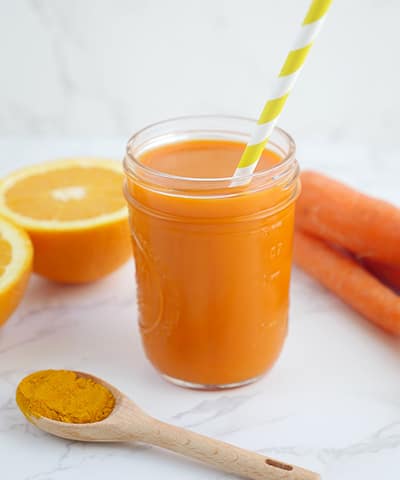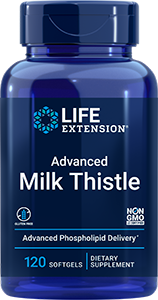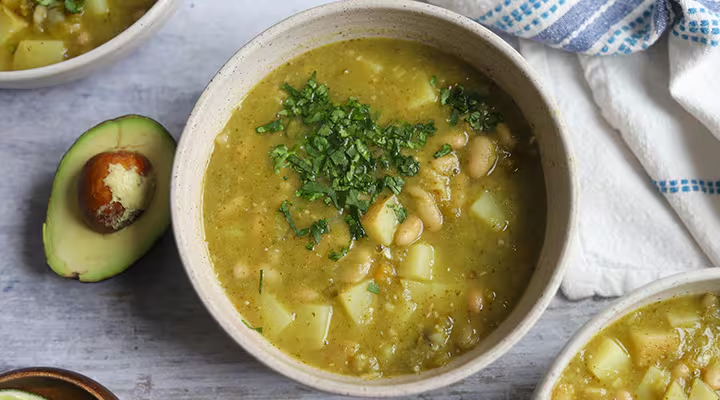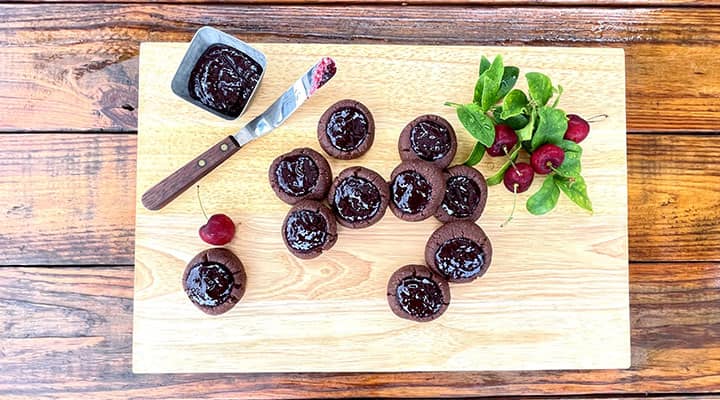
3 Healthy Detox Juice Recipes
Published: March 2022
Looking to kick-start your healthy habits after over-indulging on your recent vacation? Or do you simply want to level up your already-healthy diet? Detox juices might be just the ticket.
Like smoothies, fresh juices are healthy drinks made with fruits and vegetables, so they are naturally rich in vitamins, minerals and antioxidants. The difference is that with juices, the fiber is removed—a process that makes drinks like celery juice and spicy lemonade much more enjoyable.
Here is everything you need to know about healthy juicing recipes and how to incorporate them into your diet.
What do detox juices do?
"Detox" diets and juice cleanses have gained popularity as a way to give the digestive system a rest from heavier foods and potentially support weight loss. While weight loss is likely a result of the calorie restriction that results from detoxing with juice, some research shows that certain juice ingredients, including green apples and leafy green veggies, promote natural detoxification by the body.
Even if you're not a fan of the idea of a "cleanse," it's hard to find fault with the nutritional makeup of most juicer recipes—which are positively overflowing with fruits, vegetables and other nutrients that provide your body with energy, vitamins, antioxidants and other nutrients you need to stay well.
Does a juice cleanse really work?
The National Institutes of Health maintains a cautious stance on detox regimens, and it's hard for most nutrition experts to get too excited about the short-term weight loss you may achieve from switching from solids to liquids for several days to a week.
That being said, research suggests that detox juices have health benefits—and not just that initial drop you'll see on the scale. One study found that a three-day fruit and vegetable juice regimen promoted a healthy gut microbiome and a feeling of well-being among study participants.
Can I drink detox juice every day?

Drinking detox juices can be a nutritious addition to your diet. After all, getting the recommended serving of fruits and vegetables gets a lot easier when you can drink them! And replacing sugary drinks with healthy green juices, perhaps topped with a stalk of celery, is a great way to detox your system and support a healthy liver.
But regularly replacing healthy meals with green juice—even delicious, nutritious celery juice—isn't recommended. As with any diet that restricts your food intake, such a practice can result in nutritional deficiencies and work against your good health—and who wants that?
Also, the best diets are always those that can be maintained in the long-term. Diets such as the raw diet, which severely restrict the types of food you eat, usually don't lead to lasting weight management and may not provide all the nutrients you need. Likewise, don't expect to be satisfied if all you're doing in the kitchen is preparing juice recipes! Variety is the spice of life.
What are the best ingredients for a juice detox?

While nearly all fruits and vegetable are nutritious additions to a healthy green juice, there are a few standouts that especially support the cleanse and detox process.
Leafy green veggies
. Think kale, spinach, cilantro and parsley. These are nutrient-dense, meaning they contain a high level of vitamins, minerals and antioxidants—all good things—relative to their calories. They also contain chlorophyll, the pigment that gives plants their green color. Chlorophyllin, a semi-synthetic, water-soluble version of chlorophyll, can be taken as a supplement or added to recipes like green juices to increase their health benefits. Some leafy greens have additional detox properties. Cilantro has been shown in studies to support healthy detoxification.Garlic
. This pungent vegetable is rich in compounds that have been shown to promote detoxification, along with other benefits. Studies also show garlic supports immune system health.Apples
. Your mom told you to eat an apple a day for a reason! Apples are high in pectin, which helps support a healthy immune system. Apples also contain calcium D-glucarate, which has been shown to help the body cleanse and release toxins.
What do I need to make a detox juice recipe?
If you are an avid green juice drinker, then investing in a masticating or centrifugal juicer may be worth the steep price tag. However, you don't need a juicer to make fresh juices at home – you can use a blender such as a Nutribullet and a nut milk bag or cheesecloth to strain out the pulp and fiber.
To make juice in a blender, simply blend your produce with water, just as you would do with a smoothie. Next, place a nut milk bag on top of a large bowl, and pour your mixture on top to separate the pulp from the fresh juice. The benefit of the juicer is that it delivers more potent and concentrated juices, and it separates the juice for you—no extra steps needed. So if you're hooked on juices once you've tried the blender-and-cheesecloth method, trust me: a juicing machine will be the gift to yourself that keeps on giving!
Explore Our Best Liver Health / Detoxification Supplements
How to make the best cleansing juice recipes
Sure, you can get store-bought juices, but to enjoy the most nutrient-packed health benefits from the fresh fruit, celery, carrots and beets on your shopping list, you'll need some excellent detox juice recipes. So without further adieu, here are three of my favorites.
1. Green Juice Recipe

Ingredients:
1 green apple
2 handfuls spinach
2 handfuls kale
½ large cucumber
1 handful parsley
1 lemon
1 pinch of fresh ginger
3 celery stalks
Instructions:
If using a blender:
- Wash produce. Remove the peel from the lemon and cucumber. Chop produce into small pieces.
- Place all ingredients into a blender with 1 cup of water and blend until smooth.
- Pass the mixture through a fine mesh strainer or nut milk bag into a bowl to remove the fiber. Pour the juice into a glass and enjoy immediately, or store in an airtight container in the fridge.
If using a juicer:
- Wash and chop produce. Remove the peel from the lemon.
- Pass all produce through the juicer and enjoy immediately, or store in an airtight container in the fridge.
Nutritional value
This green juice recipe gets its sweetness from apple and is packed with leafy greens that are rich sources of vitamins and minerals such as beta-carotene, vitamin K, vitamin C, manganese and more.
Ginger adds a touch of spice to this recipe that helps to kick-start your day. Ginger helps support heart health and immune system health. Research suggests that several active compounds in ginger also have antioxidant properties and help promote a healthy inflammatory response.
2. Carrot and Orange Juice Recipe

Total time: 5-10 minutes
Ingredients:
3 medium carrots
2 medium oranges
1 pinch fresh turmeric
Instructions:
If using a blender:
- Wash produce and remove the peels from the oranges, carrots and turmeric. Chop into small pieces.
- Place all ingredients into a blender with 1 cup of water and blend until smooth.
- Pass the mixture through a fine mesh strainer or nut milk bag into a bowl to remove the fiber. Pour the juice into a glass and enjoy immediately—you can also store it in the fridge in a mason jar or other container that seals tightly.
If using a juicer:
- Wash and chop the produce. Remove the peel from the orange.
- Pass all produce through the juicer and enjoy immediately, or store in an airtight container in the fridge.
Nutritional value
Carrots are particularly rich in beta carotene antioxidants, which help protect cells against oxidative stress. Additionally, beta carotene can be converted by the body to retinol (vitamin A). Vitamin A is important for eye, skin and immune health.
Oranges are a good source of vitamin C, an antioxidant important for immune system health and collagen production.
The superstar in this juice, though, is turmeric. The antioxidant effects of turmeric help protect your liver against oxidative stress that may keep it from functioning at peak performance.
3. Beet Juice Recipe

Total time: 5-10 minutes
Ingredients:
2 medium beets
1 medium cucumber
1 inch fresh ginger
1/2 lemon
1 apple
Instructions:
If using a blender:
- Wash produce and remove the peels from the beets, cucumber, ginger and lemon. Chop into small pieces.
- Place all ingredients into a blender with 1 cup of water and blend until smooth.
- Pass the mixture through a fine mesh strainer or nut milk bag into a bowl to remove the fiber. Pour the juice into a glass and enjoy immediately, or store the fridge, making sure the container is sealed tightly.
If using a juicer:
- Wash and chop produce. Remove the peel from the lemon.
- Pass all produce through the juicer and enjoy immediately, or store in an airtight container in the fridge.
Nutritional value
While beets are relatively low in calories, they provide a range of vitamins and minerals and are particularly rich in folate. Research suggests that the nutrients found in beets may support already-healthy blood pressure levels and support a healthy inflammatory response.
All nutritional information is based on third-party calculations and is only an estimate. Each recipe and nutritional value will vary depending on the brands you use, measuring methods and portion sizes.
Can I get enough vitamin C from my detox juices?

If you add enough vitamin C-rich produce like oranges, bell peppers and strawberries to homemade detox juices every day, you can meet your needs. If you want to skip a few days, or just make sure you are getting enough, consider adding a vitamin C liposomal supplement. The liposomal delivery system has been shown to increase absorption and provide around-the-clock delivery, resulting in higher serum vitamin C levels.
References
- Colovic, Mirjana B et al. "Sulphur-containing Amino Acids: Protective Role Against Free Radicals and Heavy Metals." Curr Med Chem., January 2018, https://pubmed.ncbi.nlm.nih.gov/28595554/
- Eliaz, Isaac et.al. "Pleiotropic Effects of Modified Citrus Pectin." Nutrients. November 2019. https://pubmed.ncbi.nlm.nih.gov/31683865/
- Gopi, Sreerag et al. "Evaluation and clinical comparison studies on liposomal and non-liposomal ascorbic acid (vitamin C) and their enhanced bioavailability." J Liposome Res., December 2021, https://pubmed.ncbi.nlm.nih.gov/32901526/
- Henning, Susanne M. et al. "Health benefit of vegetable/fruit juice-based diet: Role of microbiome." Sci Rep. May 2017, https://www.ncbi.nlm.nih.gov/labs/pmc/articles/PMC5438379/
- Mehrandish, Reza et al. "Heavy metals detoxification: A review of herbal compounds for chelation therapy in heavy metals toxicity." J Herbmed Pharmacol., 2019, http://herbmedpharmacol.com/Article/jhp-9359
- Modi, Morni et al. "Ginger Root." StatPearls. December 2021, https://www.ncbi.nlm.nih.gov/books/NBK565886/
- Ocampo, Diego A. Bonilla, et.al. "Dietary Nitrate from Beetroot Juice for Hypertension: A Systematic Review." Biomolecules, December 2021, https://www.ncbi.nlm.nih.gov/labs/pmc/articles/PMC6316347/
- "α-Carotene, β-Carotene, β-Cryptoxanthin, Lycopene, Lutein, and Zeaxanthin." Micronutrient Information Center, Data on file.
- "'Detoxes' and 'Cleanses': What You Need To Know." National Center for Complementary and Integrative Health (NCCIH), https://www.nccih.nih.gov/health/detoxes-and-cleanses-what-you-need-to-know
- "Vitamin C: Fact Sheet for Health Professionals" National Institutes of Health, https://ods.od.nih.gov/factsheets/VitaminC-HealthProfessional/
Like what you read?
Please subscribe to get email updates on this blog.




